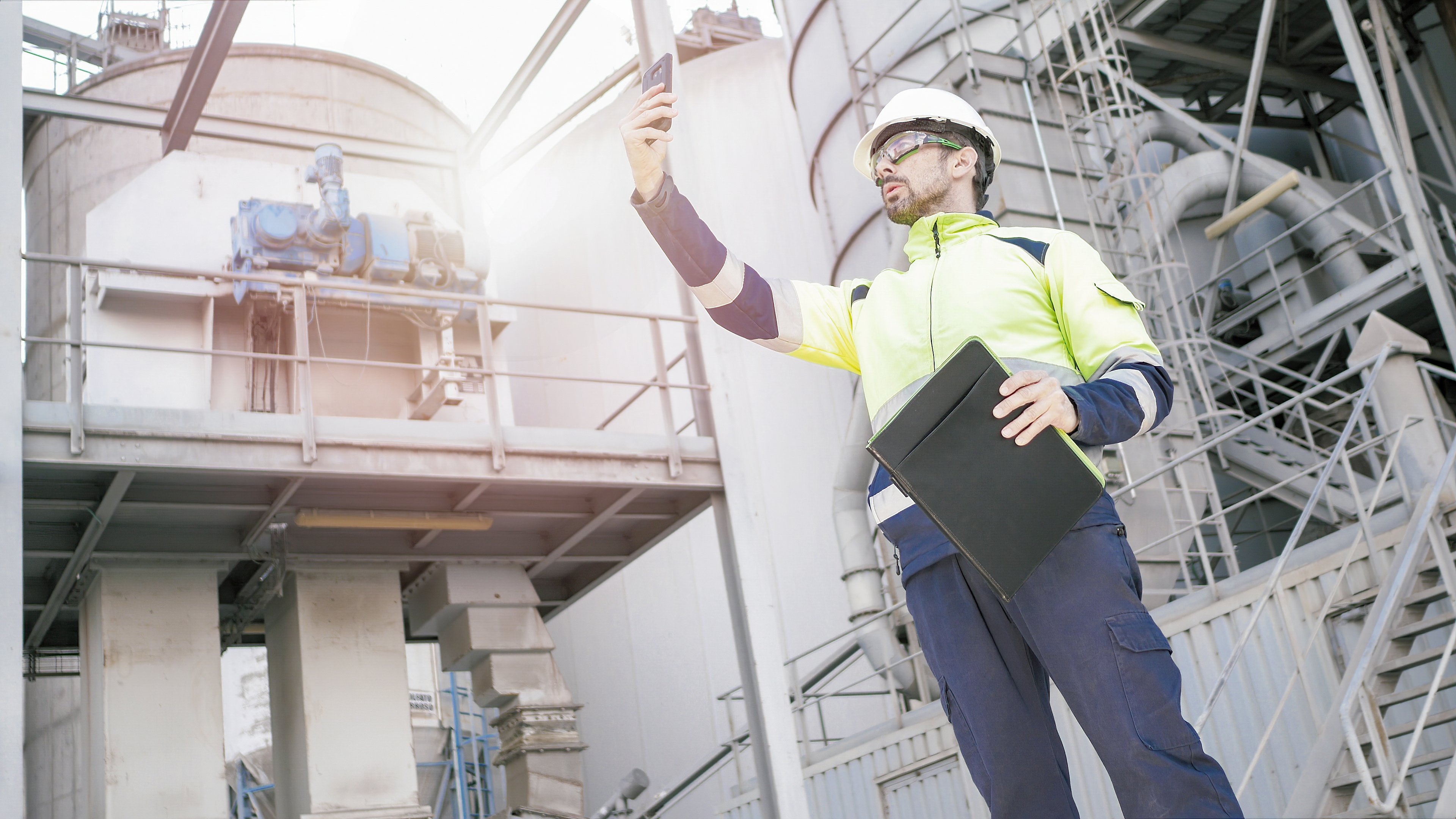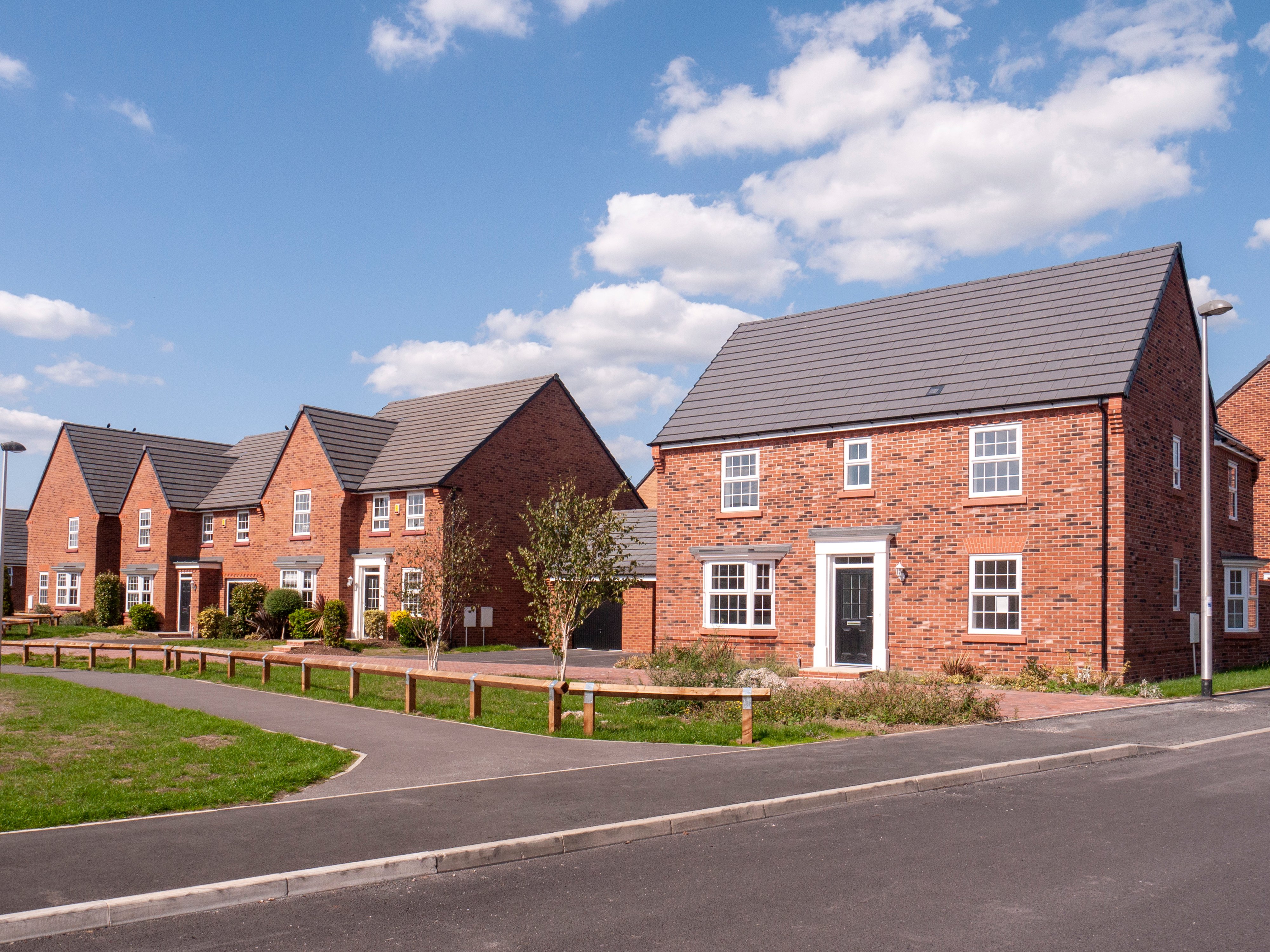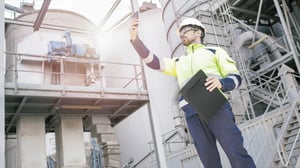Part L building regulations are crucial for ensuring the safety, energy efficiency, and environmental sustainability of buildings. This guide will explore the key aspects of Part L regulations, including the latest updates, compliance requirements, and essential concepts like SAP calculations and U-values.
Whether you're a main contractor, house builder or consultant, this guide will provide you with the knowledge needed to navigate the world of Part L.
Table of Contents:
What Are Part L Building Regulations?
Is it Applicable to My Project?
When Did Part L Come into Effect?
Updated Regulations for New Homes
Updated Regulations Existing Homes
The Role of Photographic Evidence
Understanding SAP Calculations
What Are Part L Building Regulations?
Part L Building Regulations is a set of requirements that focus on the energy efficiency of buildings in the UK.
It outlines the minimum standards for insulation, heating systems, and overall energy performance. These regulations aim to reduce the carbon footprint of buildings, promote the use of renewable energy, and ultimately enhance the sustainability of the construction industry.
Part L Building Regulations have a significant impact on construction projects, and understanding its requirements and objectives is essential.
Purpose of Part L:
The goal of Part L is to reduce carbon emissions by 31% for every home in the UK. This takes the first steps in achieving the Future Homes Standard which aims to ensure that new homes built from 2025 will produce 75-80% less carbon emissions.
Part L also works towards the UK government’s wider goal of bringing greenhouse gas emissions to net zero by 2050.
The regulations ensure that buildings are designed and built to be more energy-efficient, so that they require less energy for heating, cooling, and lighting, thereby reducing their environmental impact and lowering energy bills for occupants.
Benefits of Part L:
Part L offers several advantages that improve buildings and benefit both occupants and the environment:
Lower Energy Costs: By following the regulations regulations, building owners can enjoy reduced energy bills. Better insulation, efficient heating and cooling systems, and smart building design help minimise energy consumption and save money in the long run.
Improved Living Environments: Part L focuses on creating comfortable indoor environments. Proper insulation, controlled airflow, and efficient temperature control systems ensure pleasant indoor temperatures, minimise drafts and enhance overall occupant comfort.
Environmental Sustainability: Part L contributes to environmental sustainability. By reducing energy consumption and carbon emissions, buildings help combat climate change and preserve natural resources. Energy-efficient buildings also have a smaller ecological footprint, promoting responsible resource usage.
Future-Proofing: Complying with Part L ensures buildings are prepared for future energy and sustainability standards. Incorporating energy-efficient features from the start helps buildings adapt to changing regulations and market demands.
Health and Wellbeing: Part L indirectly supports occupant health and well-being. Improved insulation and indoor air quality reduce the risk of mould, dampness, and drafts, which can have negative effects on respiratory health and overall well-being.
Key Documents & Resources:
- Approved Documents
- Building Regulations Compliance Guides
- SAP (Standard Assessment Procedure)
- BRUKL (Building Regulations UK Part L)

Is Part L Applicable to My Project?
Part L regulations apply to a wide range of buildings, including residential, commercial, and public structures. It includes newly constructed buildings as well as existing buildings undergoing renovations, extensions, or material alterations. Both the private and public sectors are required to adhere to these regulations when undertaking construction projects.
- Part L Volume 1 applies to residential house buildings and apartments and is aimed at builders, developers, designers, and other professionals engaged in the construction and refurbishment of residential structures.
- Part L Volume 2, applies to commercial buildings with the primary target audience being building owners, facilities managers, and other professionals responsible for the management and upkeep of commercial properties.
.png?width=1600&height=1000&name=MicrosoftTeams-image%20(76).png)
When did it come into effect?
Part L building regulations came into effect on June 15th, 2022 with a 1 year grace period. This means that any construction projects starting on or after this date must comply with the updated regulations.
The latest amendments to Part L were made in February 2023.

What are the New Regulations?
Updated Regulations for New Homes:
The latest updates to Part L brings significant changes for new homes. Here are the main highlights:
New Calculation Method: Instead of the previous SAP 2012, new homes will now undergo assessments using SAP10. This updated methodology sets higher insulation requirements and introduces a new target primary energy rate measured in kWhPE/(m² per year).
Notional Dwelling Targets: Self-builders are encouraged to meet energy efficiency targets known as "notional" dwelling targets. These targets are evaluated based on U-values, which measure energy loss through various materials. Meeting the reference targets for elements like party walls, floors, doors, and roofs will ensure compliance with building control standards.
Design Flexibility with U-Values: The regulations also incorporate design flexibility by including maximum U-values targets. This means that homes can perform better or worse than the reference values as long as they meet the Target Emission Rate (TER).
Photographic Evidence: For new dwellings, a signed copy of the Building Regulations England Part L compliance report (BREL report).
- One photograph per detail.
- Of sufficient quality and high enough resolution to allow a qualitative audit of the subject detail.
- Geolocation should be enabled to confirm the location, date and time of each image.
- Each image file name should include a plot number and detailed reference.
- Foundations/substructure and ground floor
- External walls:
- Roof
- Openings
- Airtightness
- Building services

Updated Regulations for Existing Homes:
For existing homes undergoing renovations, extensions, or material alterations, there are a few important changes to the regulations that come into effect:
Minimum fabric efficiency standards: When installing new or replacement thermal elements like windows and doors, minimum fabric efficiency standards must be met. This includes improving U-values (a measure of heat loss) in walls and replacement thermal elements from 0.28W/m2K to 0.18W/m2K. Additionally, the minimum U-values for doors, windows, and roof windows have been enhanced from 1.6 to 1.4.
Restrictions on glazing in extensions: Extensions are now subject to restrictions on the amount of glazing allowed. They should have no more than 25% of the floor area dedicated to windows, roof windows, or rooflights. Alternatively, homeowners can demonstrate compliance by using an area-weighted U-value calculation or the Standard Assessment Procedure (SAP), which offers more design flexibility.
Improved lighting efficiency: Improvements in lighting efficiency are also required as part of the new regulations.
Lower flow temperatures for heating systems: The maximum flow temperature for central heating systems has been reduced from over 75°C to 55°C. This adjustment effectively eliminates burn risks associated with hot surfaces. Nevertheless, it requires radiators to have approximately 30% larger surface areas, which may result in higher costs and more wall space being taken up.
On the positive side, the lower flow temperatures facilitate easier retrofitting of air-source heat pumps and ground-source heat pumps, contributing to the overall goal of improving energy efficiency.
These updates aim to enhance the energy efficiency of existing homes, decrease carbon emissions, and encourage the adoption of sustainable heating systems.
{We discuss the latest Part L updates in our article: Part L Building Regulations Changes}
.png?width=1600&height=1000&name=MicrosoftTeams-image%20(76).png)
Key Calculations
SAP:
Part L SAP (Standard Assessment Procedure) calculations are a standardised method used in the UK to assess the energy performance of residential buildings. These calculations help determine how energy-efficient a building is and its impact on the environment.
SAP calculations consider various factors:
Building Insulation: The quality of insulation in walls, roofs, floors, and windows, which helps keep the building warm in winter and cool in summer.
Heating and Cooling Systems: The efficiency of the heating system, such as boilers or underfloor heating, and any cooling systems like air conditioning. This includes how well they are controlled.
Hot Water Systems: The efficiency of the system that provides hot water, such as boilers or heat pumps, and how the hot water is distributed.
Ventilation: The energy efficiency and impact on indoor air quality of the ventilation strategy and systems.
Renewable Energy: The use of renewable energy technologies like solar panels or heat pumps to generate electricity or provide heating and hot water.
Using this information, SAP calculations generate a rating and an Energy Performance Certificate (EPC) for the building. The rating is a number from 1 to 100, where higher scores mean better energy performance. The EPC provides information on the building's energy efficiency and suggestions for improvements.
U-Values:
U-values measure the rate of heat loss through different building elements, such as walls, windows, roofs, and floors. Lower U-values indicate better insulation and reduced heat loss.
Part L compliance often requires meeting specific U-value requirements for different components. Understanding U-values helps in choosing appropriate insulation materials and designing energy-efficient buildings.
For a comprehensive list of the latest U-values, check out this article: Part L Building Regulations U Values

How to Achieve Compliance with the Latest Regulations
When it comes to complying with the latest Part L building regulations, making the following changes in your projects can help:
- Documenting the construction process with photographic evidence {Learn more in this article: Part L Compliance: The Role of Photographic Evidence}
- Optimising building fabric
- Choosing energy-efficient heating and lighting systems
- Implementing effective ventilation strategies
- Considering renewable energy options
Main Contractors’ Role in Part L Compliance:
Main contractors play a vital role in ensuring compliance with Part L regulations throughout various stages of a construction project. Here’s what a main contractor’s typical responsibilities look like:
Technical Design Phase - During the initial planning and design phases, main contractors should prioritise the integration of energy-efficient measures. They should collaborate closely with architects, engineers, and other stakeholders to ensure energy performance is embedded in the project from the start.|
Construction & Manufacturing Phase - Main contractors must ensure that the materials, systems, and techniques used align with the energy efficiency standards set forth by Part L. They are also responsible for documenting photographic evidence of compliance as the project progresses.
Handover stage - The main contractors must ensure that the completed building meets the necessary energy performance requirements before it is handed over to the client.
Conclusion: Part L Building Regulations
Part L building regulations provide a vital framework for achieving energy efficiency and sustainability in the construction industry. By understanding the latest updates, complying with the regulations, and incorporating energy-saving measures, we can contribute to a greener future.
Stay informed, work with knowledgeable professionals, and embrace innovative solutions to ensure your buildings meet and exceed the requirements of Part L building regulations.


